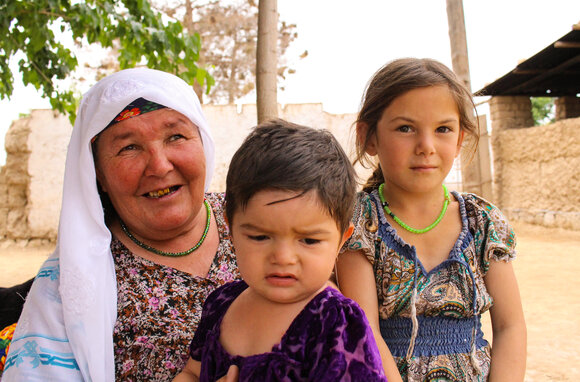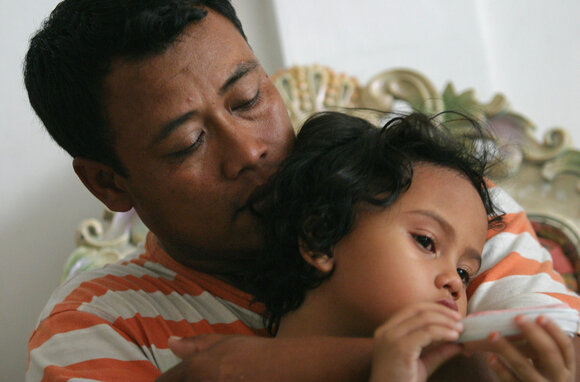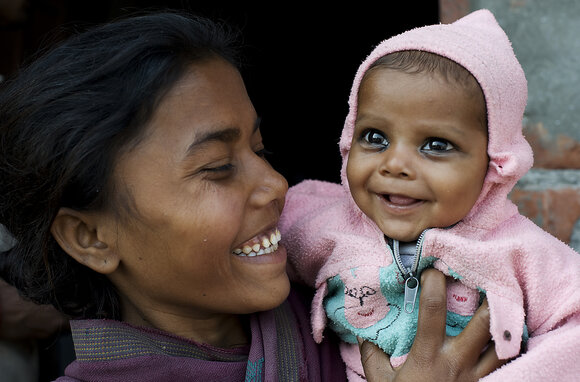
This page contains documents and other resources related to children's care in Asia. Browse resources by region, country, or category.
This page contains documents and other resources related to children's care in Asia. Browse resources by region, country, or category.




Displaying 591 - 600 of 1940
The purpose of this study was to explore the relationship between loneliness, self-efficacy, and satisfaction with life of Left-behind middle school students in China.
This column from Volume 23 of the American University Washington College of Law Human Rights Brief explores the links between child abuse in Cambodian orphanages and tourism.
This study focuses on how the COVID-19 pandemic affects children aged 11-17 in India, including impacts on violence against children and social protection for children.
This Internal Mid Term Review (MTR) was conducted after completion of Year 1 of a pilot project to create a replicable model for child care institutions (CCIs) to effectively implement Family Based & Alternative Care in India.
All over the world, the pandemic has turned children's lives upside down. In this episode of Save the Children Documentary, they share their stories.
This factsheet explores the impacts of COVID-19 on children in Rohingya refugee camps in Cox's Bazar, Bangladesh.
This article presents analyses of the main causes of the increase in the number of social orphans in Kyrgyzstan.
This study examines the mental health symptoms of children in institutional care in Ankara, Turkey and possible factors that may cause these symptoms.
This post from the UNICEF Europe and Central Asia website describes how UNICEF is mobilizing to protect marginalized and vulnerable children – including those with disabilities – against the impact of COVID 19 in the region.
The present study aims to explore the specific influence of migrant mothers on early child development, especially on social-emotional problems.